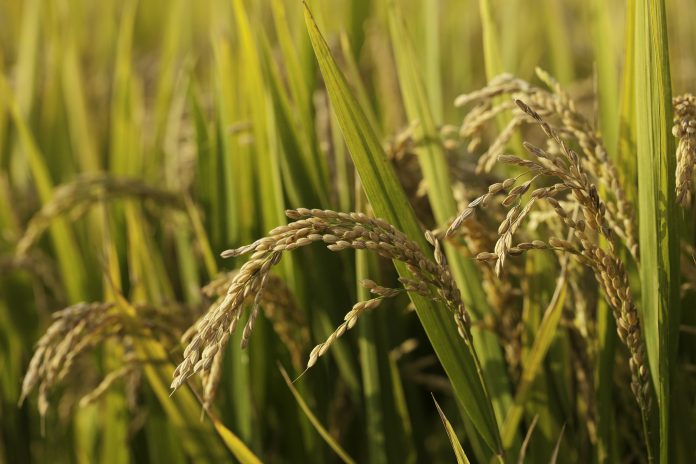Jesica Kincaid, Senior Manager, International Trade Policy, USA Rice, argues that rice feeds the world, now more than ever
Rice has been produced throughout the world for thousands of years, and today it is a staple food for more than 3.5 billion people. The United States, while newer to the rice game than some other exporters, produces several varieties of nutritious, high-quality, and delicious rice.
While approximately half of the rice produced in the U.S. is consumed there, the other half is exported around the globe including providing food to the world’s hungry. The U.S. rice industry is proud to participate in international food assistance programmes that help feed, nourish and educate those in need.
Increasing need for international assistance
Numerous man-made and natural disasters as well as the ongoing COVID-19 pandemic have only increased the need for such assistance. Two years into the pandemic, the World Food Programme reports (1) that global and national economic disruptions caused by subsequent waves of the virus have resulted in an estimated 97 million more people living in poverty in 2021 compared to 2019, leaving tens of millions more people hungry and malnourished.
As a result, in 2020 and 2021, the U.S. rice industry saw record years for international food assistance deliveries. With the development and ever-expanding use of fortified rice, rice contributes to improving food security by not only fighting hunger but also acute malnutrition.
Fortified rice is rice that is traditionally grown and milled, and following the milling process, a nutrient premix that is specified to the dietary needs of the recipient population is added as a coating or as an extruded kernel, without substantial additional cost.
In addition to being nutritious, rice has a long shelf life, is easy to prepare, fits into the diets of many different ethnic groups, and is one of the least allergenic foods, making it a perfect fit for assistance programmes.
Rice usage in international food assistance has been growing not only in terms of volume, but also in the diversity of the programmes in which it is utilised.
The U.S. Department of Agriculture (USDA) has two principal international assistance programmes: Food for Progress, a monetisation development programme that sells U.S. grown commodities in the recipient country and then uses that cash to create economic and agricultural programmes within the country; and McGovern-Dole Food for Education, a global school feeding programme and a primary user of fortified rice.
A third programme is Food for Peace, the U.S. Agency for International Development’s (USAID) emergency feeding programme which works to create a world free of hunger and poverty.
Given that it is a global staple, rice has seen increased use across all three of these government assistance programmes. Recently, more than 100,000MT of U.S.- grown milled rice was monetised in West Africa to support the cashew and sesame industries in several countries in the region.
As for fortified rice, it is the most utilised commodity in McGovern-Dole, having been awarded for all 2022 school feeding projects. USAID also recognises the value of fortified rice for the people it serves, having increased volumes over the past few years and with the eventual goal of having all rice used in its programmes be fortified.
The U.S. rice industry
In addition to the privilege of helping those in need, the U.S. rice industry also prides itself on its sustainable farming practices, having made substantial changes over the past 30 years that led to numerous environmental benefits.
Some of these benefits include a 52% decrease in water use, a 41% decrease in greenhouse gas emissions, and a 39% increase in land use efficiency. U.S. rice farms, 96% of which are family-owned, contribute to a safe and strong supply chain for the well-being of all through sustainable practices and being good stewards of the land.
On a global level, rice production has hit record levels for the last several years, with another record projected for the 2021/22 crop year and global stocks maintaining their highest levels in history.
For rice consumers around the world, whether they are able to purchase rice at their local grocery stores or need assistance to feed themselves and their families, the U.S. rice industry is there to answer the call.











